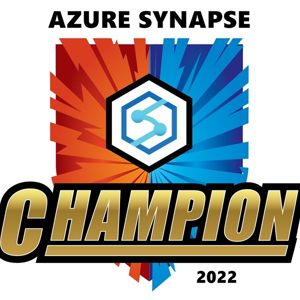Hi Hanna,
Thanks for reaching out to Microsoft Q&A.
Use Infrastructure as Code (IaC)
- Leverage Infrastructure as Code tools like Azure Resource Manager (ARM) templates or terraform to define and provision your development environment infrastructure.
Automate Environment Provisioning
- Automate the provisioning of your development environment using CI/CD pipelines.This ensures that every time you need to create or update your development environment, it's done consistently and reliably.
Use Linked Services for External Dependencies
- When configuring Azure Data Factory, use Linked Services to connect to external resources like Databricks and Storage.
Separate Configuration from Code
- Store environment-specific configuration, such as connection strings and keys, separately from your Data Factory code.
Regularly Refresh Development Data
- Ensure that your development environment contains realistic data by regularly refreshing it from production backups or snapshots.
This helps catch data-related issues early in the development process and ensures that your code works as expected with real-world data. By following these best practices, you can create a reliable and consistent development environment that can closely mirror your prod setup and making it easier to develop, test and deploy changes.
Please 'Upvote'(Thumbs-up) and 'Accept' as an answer if the reply was helpful. This will also help us close this thread and acknowledge the time spent by community volunteers like us.

